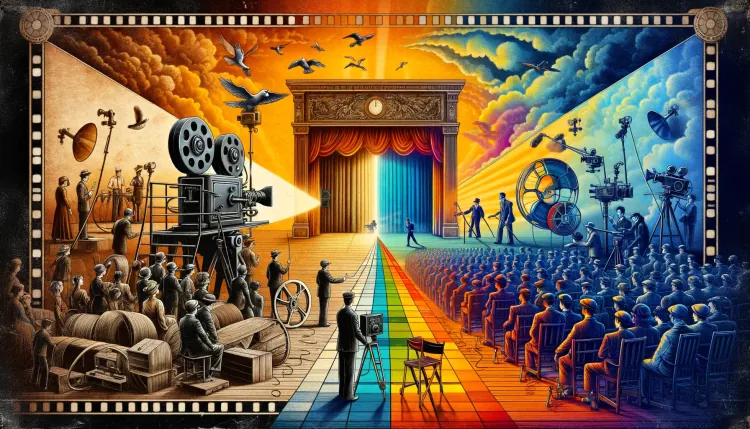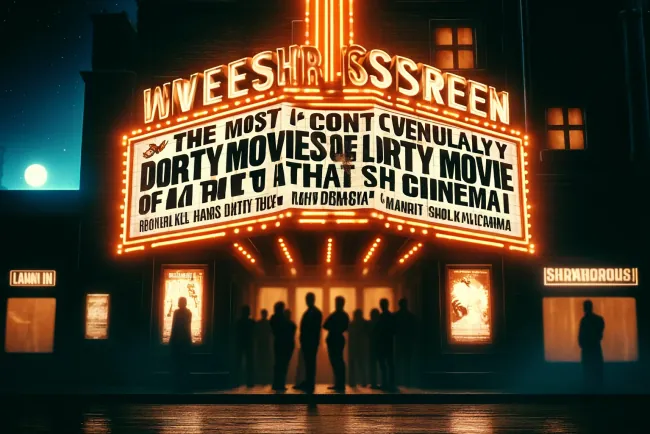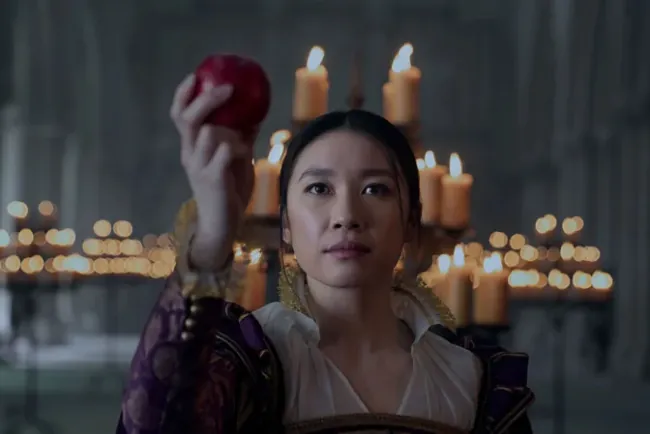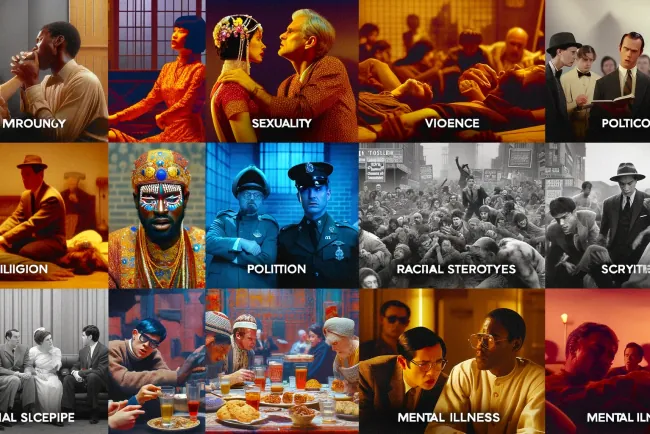Revolution in Motion: How Sound and Color Transformed Cinema in the 1920s-1930s
The revolutionary introductions of sound and color reshaped the cinematic landscape in the 1920s and 1930s, from 'The Jazz Singer' to Technicolor triumphs, and their enduring legacy in Hollywood.

The transformative period of the 1920s and 1930s in cinema brought pivotal technological innovations that reshaped the industry, influencing the way films were made and consumed globally. This era marked the transition from the silent film era to the golden age of Hollywood, characterized by the revolutionary introductions of sound and color. Here’s a detailed exploration of these pivotal decades:
The Dawn of the Talkies
The late 1920s were crucial in the history of film for introducing "talkies," films with synchronized sound that effectively marked the end of the silent era. "The Jazz Singer," released by Warner Bros in 1927, wasn’t entirely a talkie but featured enough synchronized dialogue and musical sequences to showcase the potential of sound in films. Its success not only pleased audiences but also spurred a rapid, industry-wide shift towards sound films.
This transition wasn’t simple; it necessitated substantial investments in new technologies and infrastructures, such as soundproof stages and cameras equipped for sound recording. Theaters across the United States were retrofitted with the necessary sound equipment, a move that was costly but critical for studios wanting to stay relevant. This era also saw significant changes in acting styles and screenwriting, as dialogue took on a central role in storytelling, compelling actors to adapt their performances to include spoken words.
Color Takes the Stage
Parallel to the development of sound was the advancement of color film technology. Though experiments with adding color to films were conducted early on, it wasn’t until the 1930s that color processes became practical and commercially viable. Technicolor’s three-strip process, introduced in 1932, was a major breakthrough, offering more vibrant and lifelike colors than earlier methods. It debuted in Walt Disney’s "Flowers and Trees" and was soon utilized in feature films like "Becky Sharp" (1935), the first full-length feature to use the three-strip process throughout.
The adoption of color brought a new dimension to films, particularly enhancing genres such as musicals, historical dramas, and adventure films, which benefited from the richer visual presentation. Despite the higher costs associated with color film production, it proved to be a valuable investment for attracting audiences, especially significant during the economic strains of the Great Depression.
Global Impact and the Great Depression
The advancements in sound and color film production were not isolated from the global economic context of the Great Depression. During this time, cinema became a relatively affordable form of entertainment that offered escapism from the harsh realities of daily life. Hollywood films, with their advanced technological features, dominated international markets, overshadowing productions from countries whose film industries couldn’t afford such technologies.
Furthermore, this period saw an increase in government intervention in the film industry globally as nations recognized the potential of cinema as a tool for propaganda and cultural expression.
Legacy of the 1920s-1930s
The legacy of sound and color innovations during the 1920s and 1930s is monumental. These technologies altered not only the technical production aspects of filmmaking but also its cultural, artistic, and commercial landscapes. The introduction of sound led to the creation of new film genres, like musicals and screwball comedies, while color technology elevated the visual storytelling capabilities of films, setting new standards for artistry and production quality.
This era fundamentally shaped the modern film industry, emphasizing continuous technological innovation and its profound ability to influence and reflect cultural trends. Thus, the 1920s and 1930s remain a critical period in cinematic history, transitioning from the experimental early days to a mature and technologically sophisticated industry that continues to captivate global audiences.
What's Your Reaction?






















